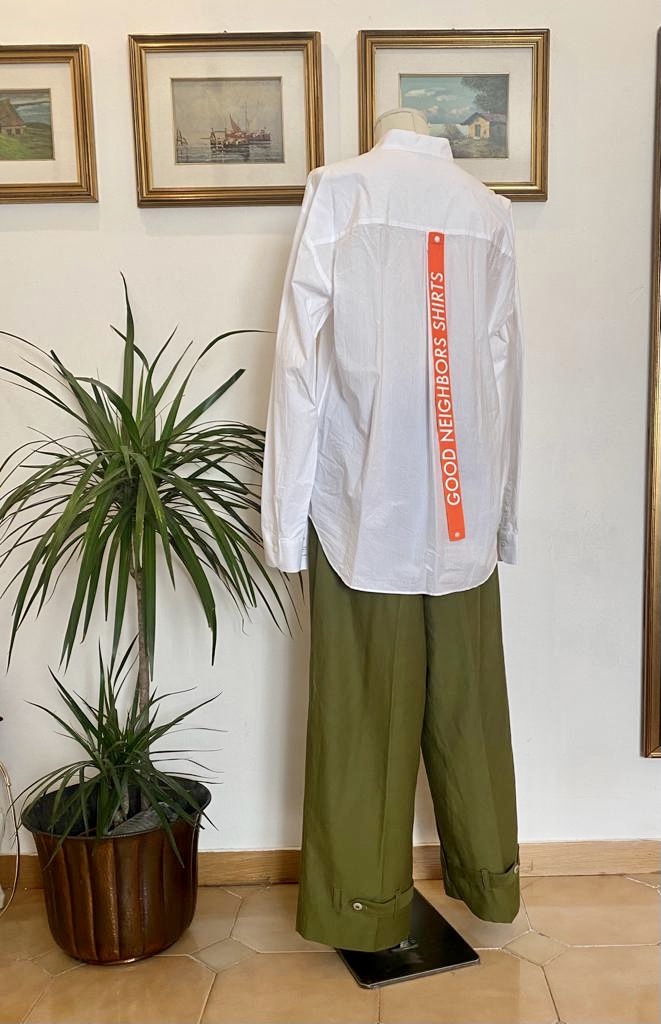Fashion far from consumerism
Spring-summer 23: bringing back meaning
Can we think about fashion far from consumerism? Indeed, there’s a way of conceiving the fashion industry cleared of its toxic downsides.
Spring-summer 23, a sense of re-birth comes with the new season. And so, we want to take you with us on our journey out of the blob of mass-produced clothes. Come with us to discover rarities and excellence to bring back meaning in an industry that, as it is now, has lost it.
Fashion & consumerism
If fashion mirrors our society, what we see is growth mania. The industry brainwashed people into overconsumption and disposable culture. In fact, there is a constant need for novelties which has much in common with addictive behaviours. But this massified fashion comes with a cost. It has a polluting and destructive impact.
So, we want to take you with us on a different path, which we’ll hone season after season. There’s no perfection but the commitment to doing better, stepping away from pointless labels or empty claims.
Good design, well-made clothes are for those who can see them. But, attention to design, details, and materials are fundamentals to bringing meaning back into fashion.
Spring-Summer 23: niche fashion #formodernhumans
Come with us to explore the Spring-Summer 23: garments made with care and passion. Indeed, the sense of tailoring prevails. Silhouettes are slightly more defined but always comfortable. Specifically, materials have a pleasant hand feel, and lines don’t make your body feel compressed.
There are drapings, a design detail that adds a special touch to t-shirts and dresses, making them suitable for different body shapes. But also, cool military pants and exclusive knitwear. And shirts, timeless garments par excellence, improved with a modern twist, in multiple lengths. Plus comfortable flat leather shoes for your summer walks.
The selection is accurate, essential and in limited quantities. A design-focused slow fashion, far from consumerism. Indeed, garments feature a carry-over design, becoming made-to-last stylish classics.
What if the perspective of what you considered new so far is wrong?
Fashion far from consumerism Read More »
